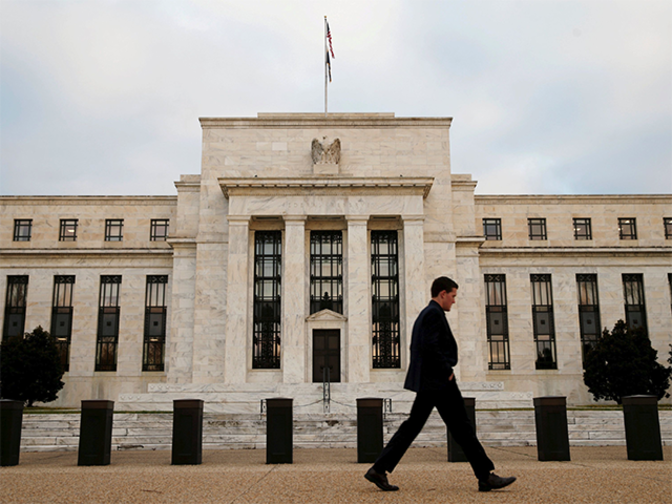

The US Federal Reserve maintained its key rate in the range of 2.25-2.50 percent and announced that it will be patient with regard to its possible increase this year, pointing out the uncertainty of the forecast for the American economy.
Although the regulator noted that the most likely scenario is the continued growth of the US economy and the labor market, phrases appearing there in December that the risks for the economic outlook are “generally balanced” and a further increase in rates would be appropriate in 2019 disappeared from the statement.
The regulator also said that it will continue the monthly reduction of assets on the balance sheet, but is ready to change its pace against the background of “the development of the situation in the economy and the financial sector.”
The dollar fell against a basket of major currencies on Thursday after the Fed has softened the rhetoric of the last meeting, which supported such currencies as the Australian dollar and euro.
Early this morning, the dollar index to the basket of major currencies fell by 0.1 percent to 95.28 points after falling 0.4 percent the day before.
The Australian dollar rose 0.2 percent to $ 0.7261, after rising 1.3 percent on Wednesday, a record high since January 4.
The Swiss franc and yen added 0.1 and 0.2 percent to the dollar to 0.9930 and 108.76, respectively.
The Canadian dollar rose 0.1 percent against the US dollar to 1.3129 and is holding near the peaks reached in November.
The euro rose 0.2 percent to $ 1,1504, as the Fed’s loving rhetoric outweighed fears about a weakening growth in the eurozone economy.
The pound sterling, on which the uncertainty around Brexit continues to put pressure, added 0.1 percent to $ 1.3127.
The New Zealand dollar rose by 0.3 percent to $ 0.6909 - the maximum since December 5, after the international rating agency S & P Global Ratings confirmed the ratings of New Zealand, revising its outlook to "positive."
To receive new articles instantly Subscribe to updates.